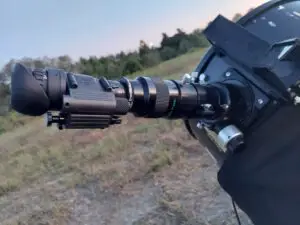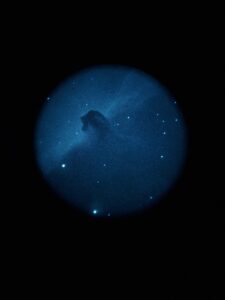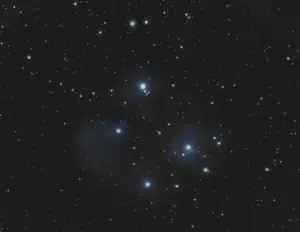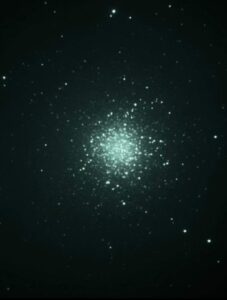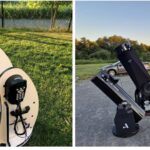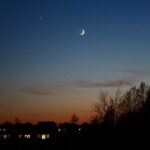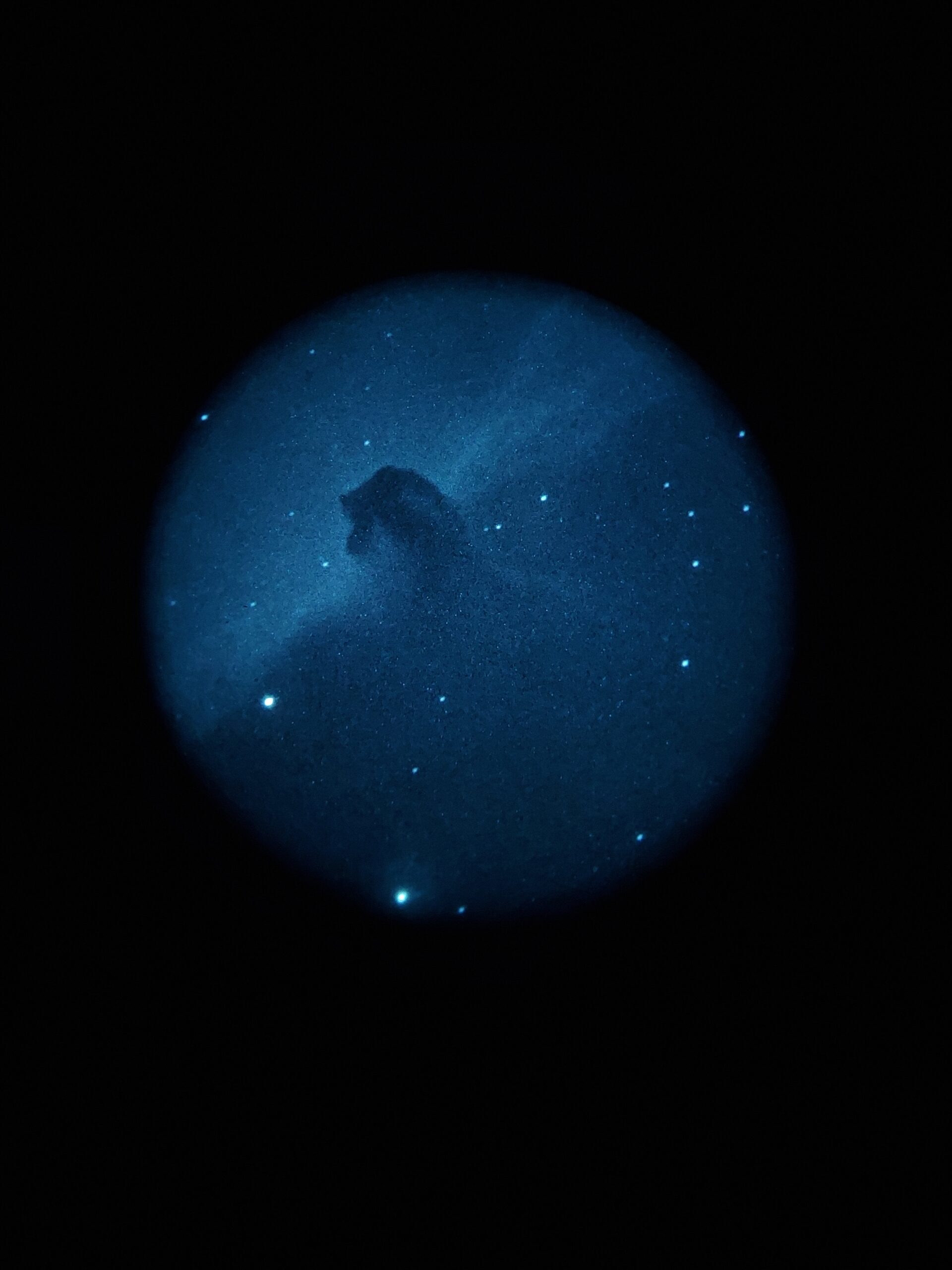Michigan is home to six protected dark sky areas and has some incredible dark skies. The locations on this list have all been visited by astronomer friends of mine.
Michigan has many opportunities for dark sky observing. Some of the best places are in the northern part of the state close to the border.
Be aware that some of these locations require a permit, so call ahead when you can to get more information.
Headlands International Dark Sky Park
Headlands is one of 6 dark sky parks in Michigan, but it is the only one with the International Dark Sky designation.
This means that the park has taken extra measures to meet the strict requirements of the IDA and takes its dark sky seriously.
This is an incredible place to observe and you will likely meet other astronomy enthusiasts. The viewing takes place at the Waterfront Event Center and has paved flat roads that lead to the area.
The park recently added a high quality observatory to the grounds and it is open 24 hours a day every day of the year.
There is no camping allowed in the park, but you can stay late into the night and early morning when observing. Restrooms located in the observatory are open all night. Nearby camping is available.
Be sure to pack warm clothes as the park is on the coast of Lake Michigan and it is often colder than cities inland.
Beaver Island
In lake Michigan you can find Beaver Island with rich dark skies.
Residents claim that these are the darkest skies in Michigan.
You can reach Beaver Island by ferry and it is fairly remote, so plan to pack light or rent a car when you arrive.
I have heard that there is a good place to observe in the Little Sandy Bay Nature Preserve, but be sure to check the weather and be aware of fly season.
Astronomers have known and loved the conditions on this island, and now they are seeking International Dark Sky sanctuary status through the IDA.
Sanctuary status is more rigorous status than an IDA park. If they achieve the status it will be one of only 4 in the country and 10 in the world.
Beaver island is a bucket list place to observe.
McLain State Park
McLain State Park is an enormous state park that runs for two miles along Lake Superiour.
The park is located on the Keweenaw Peninsula at the extreme west of Michigan and it is quite a drive, 9 hours drive from Detroit, or a 4 hour flight.
Getting to this park will be a special trip, and you will be rewarded for your efforts. The skies are dark and there is onsite camping with bathrooms and electricity.
This is not the darkest skies in Michigan, but it is possible to see the Northern Lights here at some times of year.
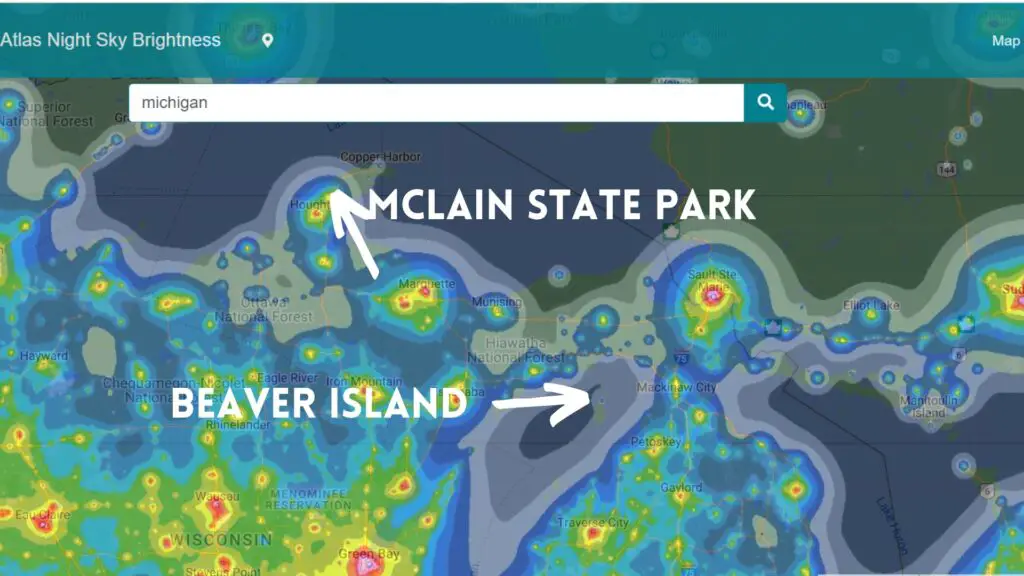
Brockway Mountain Drive
There is a turnaround on Brockway Mountain Drive in Copper County that is well known to local astronomers.
It is about an hour outside of Houghten and it is a locally known spot rather than a park or campsite.
If you are looking for solitude and dark skies you can drive out to the overlook and set up.
As with any public spaces you may be approached by police or others, so observe here at your own comfort. I have found most officers who stop to be pleasant and interested.
Lake Of the Clouds Overlook (Porcupine Mountains Wilderness)
Lake of the Clouds overlook is about an hour outside of Houghton in the Porcupine Mountains Wilderness State Park on the northern border of Michigan.
To reach the overlook you will need to take the Big Carp River Trail and Escarpment Trial. The hike is accessible by a nearby parking lot, but it is a hike. You can see the trail map here.
This is said to be one of the best places to observe in Michigan.
Be prepared to carry your scope for about 100 feet and bring your own power supply as there is no electricity once you reach the overlook.
This is a wilderness area and there are a lot of creeks and rivers, but the views are incredible.
Dr. Lawless Dark Sky Park
An International Dark Sky Protected Park, Lawless is located in the southern part of Michigan. It is about an hour and a half from Grand Rapids and can make a good one day excursion.
This protected area has a very small admission fee and is located close to several camping areas.
The park hosts many star parties and events around events like meteor showers or conjunctions.
Check the Dr. Lawless Park Facebook Page for the most up to date information about their events.
The park can also be a great family trip as they have hiking, disk golf, skiing and snow tubing. You can find the trail map here.
Finding Dark Skies in Michigan
Michigan is a great place to bring your telescope. If you will be traveling outside of the areas I listed above you can most likely find a bortle 1 or 2 sky using one of these methods.
Light Pollution Map (LPM)
Use an app like Light Pollution Map to check the dark sky areas around you.
I use this whenever I am traveling. Simply pull up the map and see if you can see any very dark areas.
I look for any landmarks on the map and call churches, campgrounds or parks in the area to see if I can set up with permission.
I have had luck setting up in areas close to train tracks or DOT lots, but its always better to set up with permission.
Facebook Groups
If you are a member of any astronomy Facebook groups you can ask for a local spot.
Astronomy is a very global hobby and I have found that there is usually at least one astronomer who can help no matter where I am going.
If you are going to a popular location you may be able to find a post with a secret spot that has been posted before.
Cloudy Nights
Cloudy Nights is an astronomy message board that has been around for years and years. The site has many more active users than Facebook and there is a lot of information on the site.
If you will be traveling to a new area, see what the pros on Cloudy Nights recommend. Chances are they have been there or they know of a place.
Dark Site Etiquette: How To Be Light Polite
If you have never visited a dark sky area you may not know the unspoken rules of these events.
No White Light
White light from cars, lamps and flashlights makes it harder to see in the dark. The white light disrupts your dark adapted vision.
Using white light is the biggest offense at a dark sky area.
If you need light to walk, point your flashlight at the ground and turn it off as soon as it is safe to do so.
Use Red Light
Red light is less disruptive to your vision and you will see many astronomers with red head lamps.
There are many affordable headlamp options on Amazon that make it easier to see in the dark but still preserve your dark vision.
You can paint a flashlight red to use it at a dark site too.
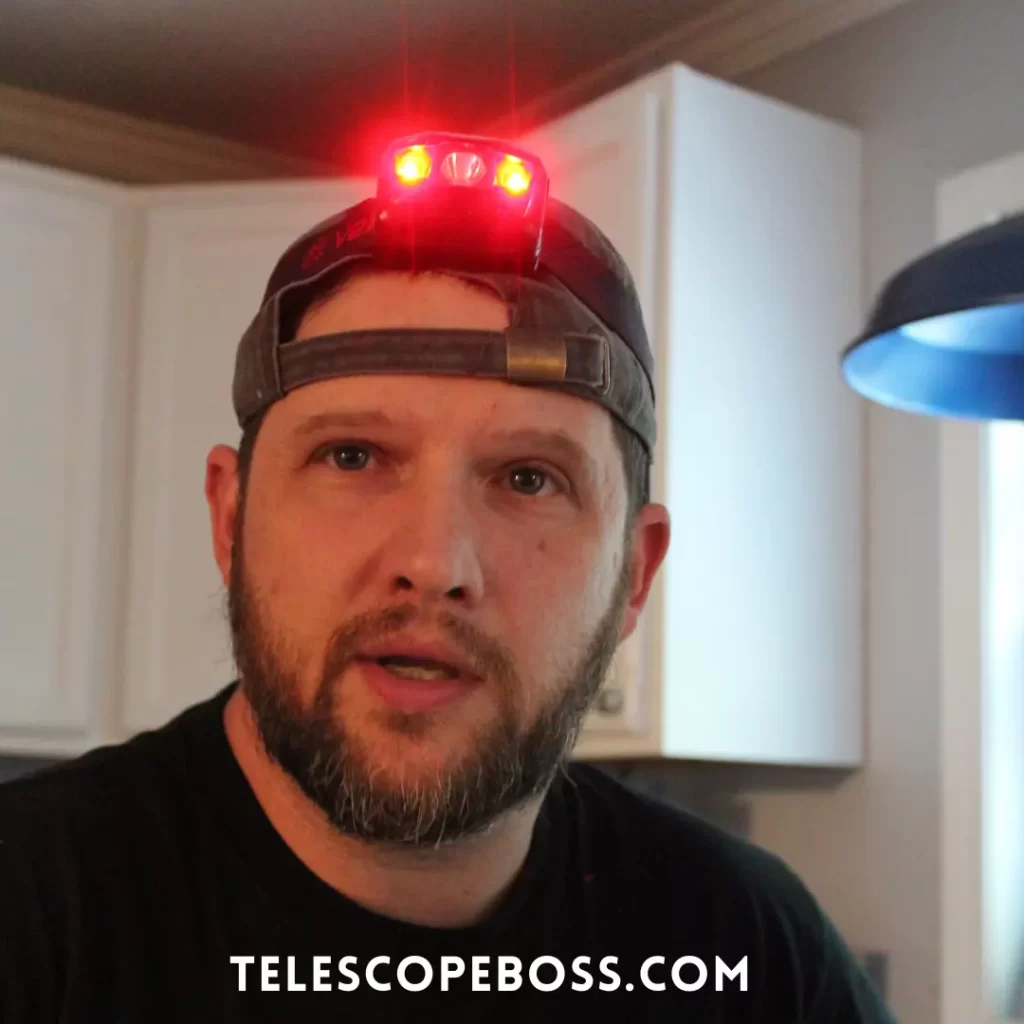
Use Driving Lights Not Headlights
If parking is close to the observing area be sure to turn off your headlights and use running lights to park. If possible park facing away from the telescopes so that when you turn your lights on to leave they will not shine into the observing area.
Some dark sky areas require all cars to remain overnight, so be sure to check policies when you visit and plan to camp or park outside the gate and walk in to observe.
I know Cherry Springs Park in Pennsylvania has this rule.

